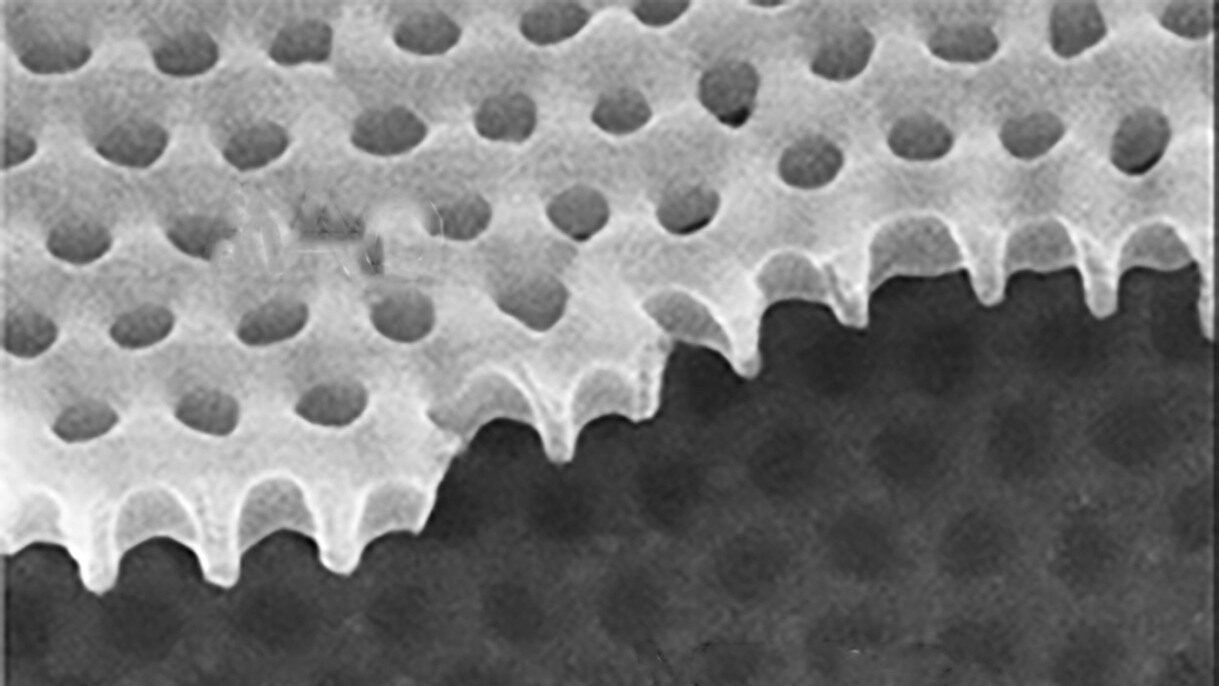
Now, a research team co-led by a Brown University physicist has added a new discovery to the strange metal mix. In research published in the journal Nature, the team found strange metal behavior in a material in which electrical charge is carried not by electrons, but by more "wave-like" entities called Cooper pairs.
While electrons belong to a class of particles called fermions, Cooper pairs act as bosons, which follow very different rules from fermions. This is the first time strange metal behavior has been seen in a bosonic system, and researchers are hopeful that the discovery might be helpful in finding an explanation for how strange metals work — something that has eluded scientists for decades.
"We have these two fundamentally different types of particles whose behaviors converge around a mystery," said Jim Valles, a professor of physics at Brown and the study's corresponding author. "What this says is that any theory to explain strange metal behavior can't be specific to either type of particle. It needs to be more fundamental than that."

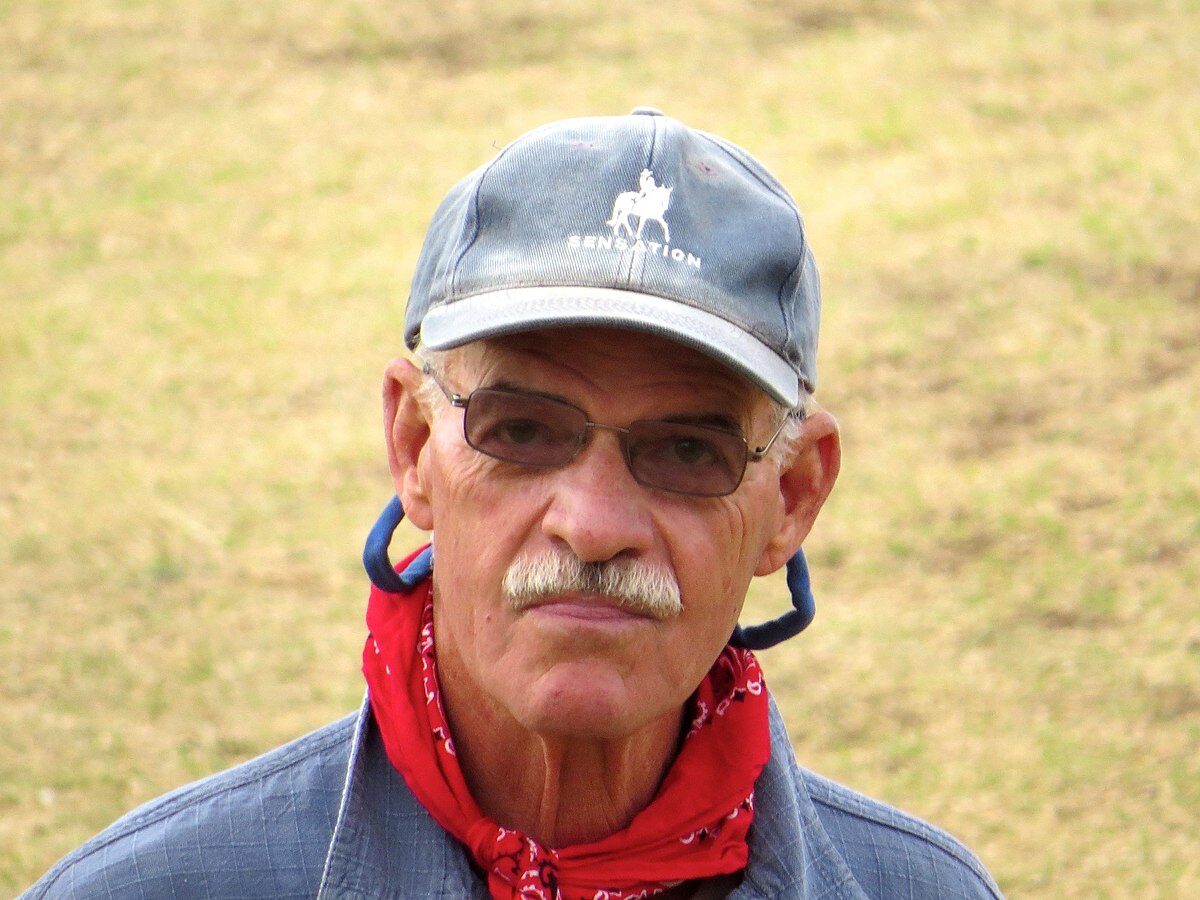
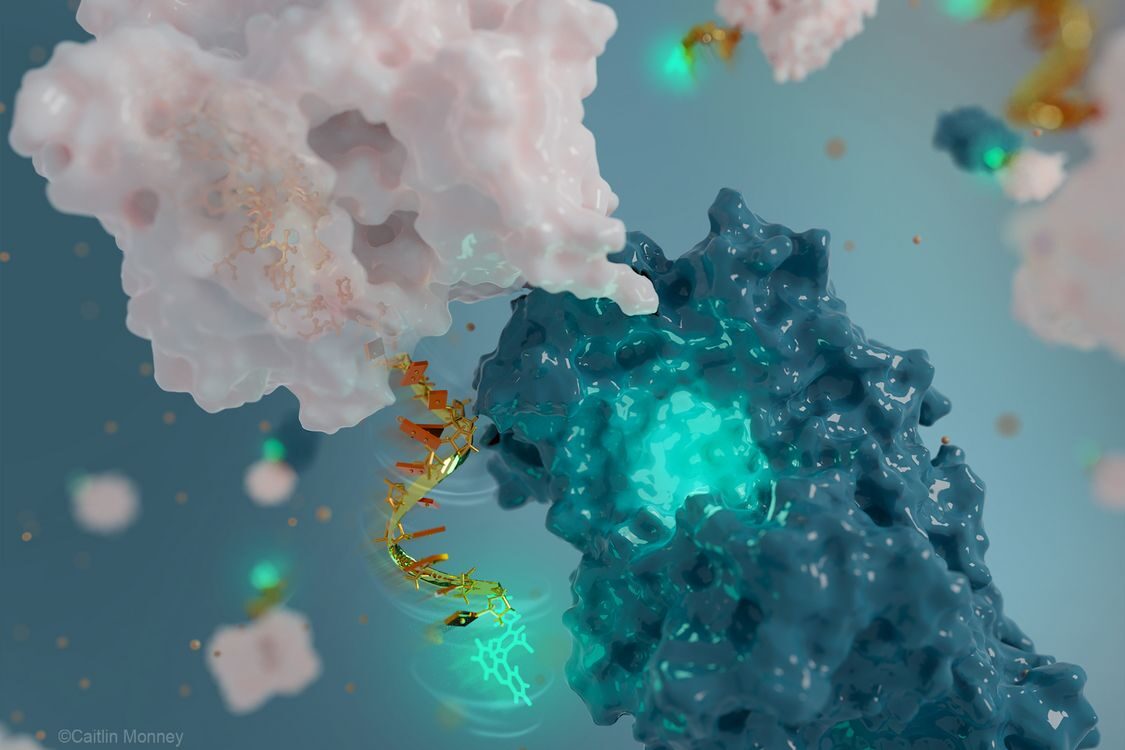

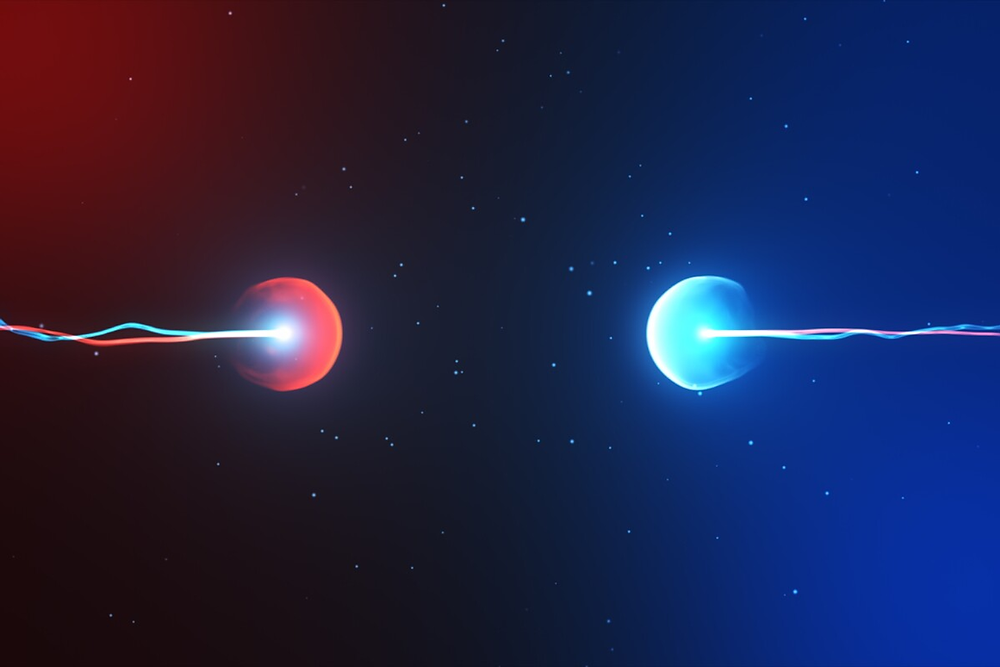
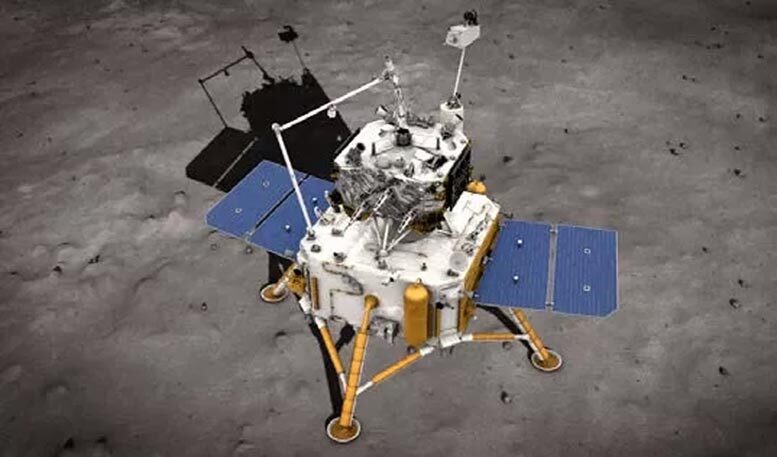
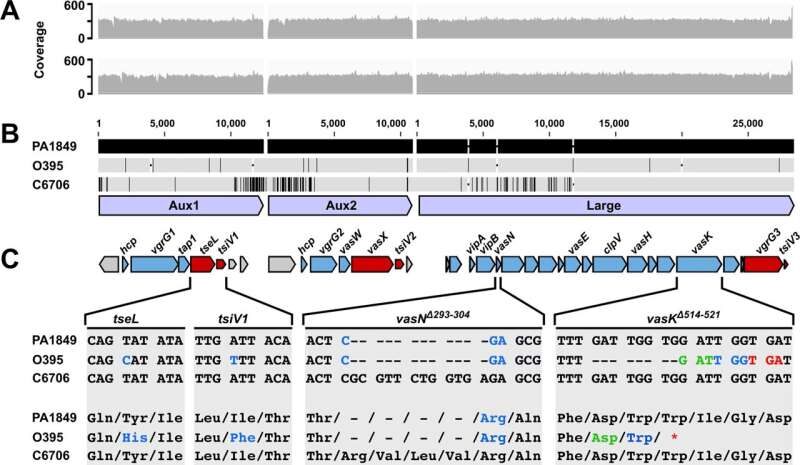

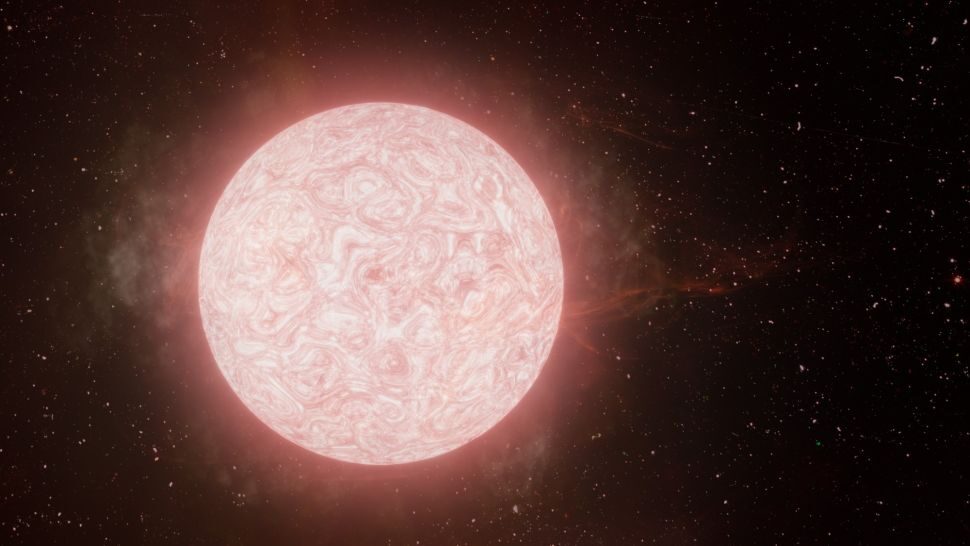



Comment: On our planet we've seen a rise in unusual phenomena, extreme weather and increasingly erratic seasons, meanwhile an uptick in unusual activity has also been documented occurring in our solar system, and beyond:
- Volcanoes, Earthquakes And The 3,600 Year Comet Cycle
- Solar Cycle 25: Is a Termination Event imminent?
- Sott Exclusive: Nemesis, not 'Nibiru' - Clarifying mainstream reports about 'a large ninth planet' that periodically sends comets our way
- Impact flash on Jupiter captured on video by amateur astronomers
- Betelgeuse is neither as far nor as large as once thought
- Recap: The changing jet stream and global cooling
- Little Ice Age triggered by unusually warm period, unprecedented cold struck within 20 years
Also check out SOTT radio's: